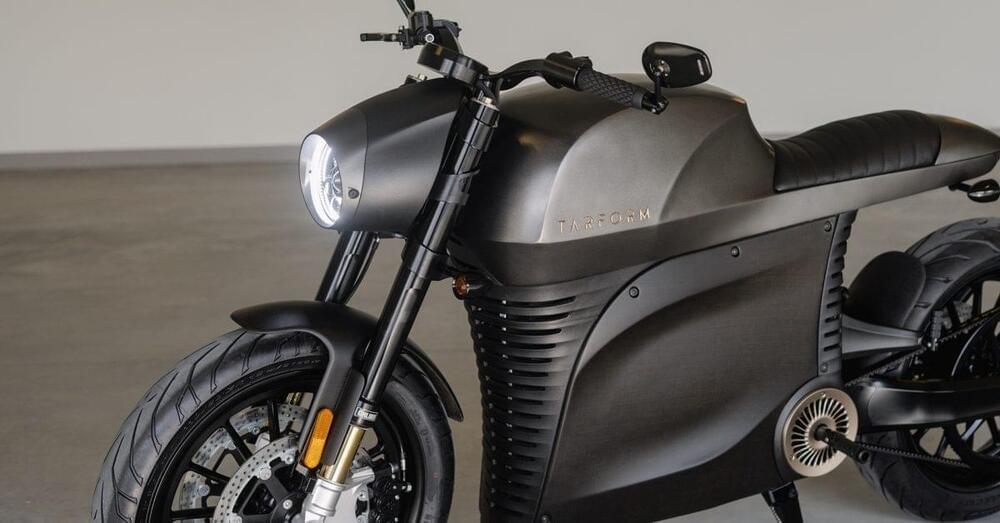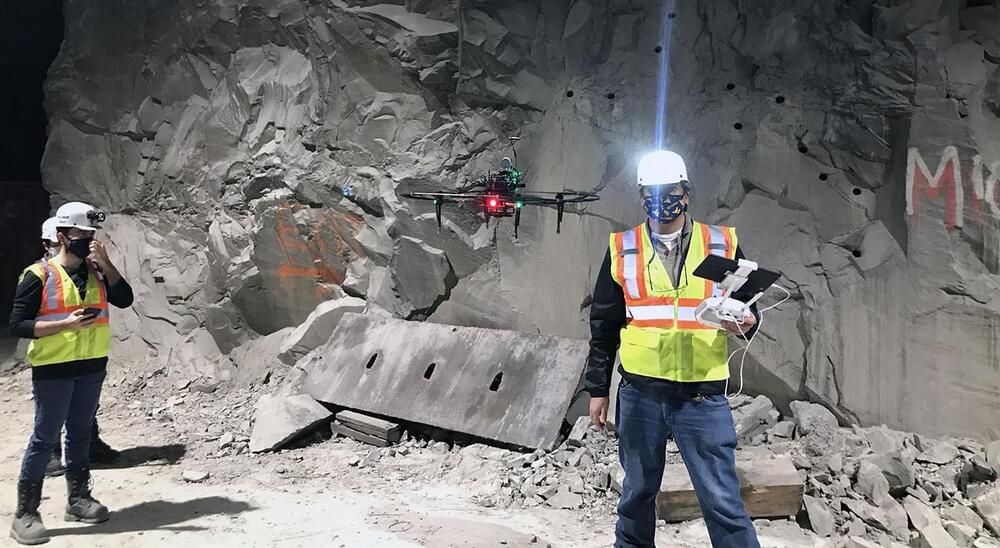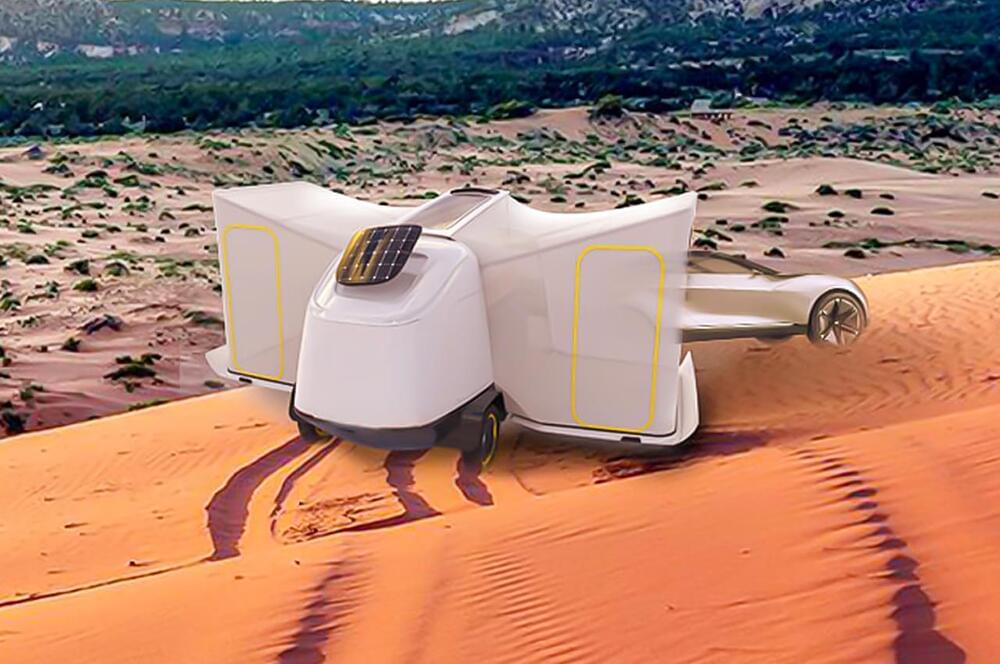Jan 16, 2022
Dementia Patients Used Morse Code Training to Escape From a Senior Living Facility
Posted by Shubham Ghosh Roy in categories: biotech/medical, military, neuroscience
In a scene straight out of a spy movie, an elderly couple reportedly escaped from an assisted living facility using some cunning military expertise—and an antiquated telecommunications method.
On March 2, 2020, a resident of a secure memory care unit in Elmcroft of Lebanon, a Tennessee nursing facility, “eloped” with his wife from the premises, according to a state report on the incident. (The Tennessean first reported the incident last month.) The man was admitted to Elmcroft with a diagnosis of dementia, while the woman was admitted with Alzheimer’s disease.
A stranger spotted the residents, who were safe, walking two blocks from Elmcroft about 30 minutes after they left and picked them up.


















